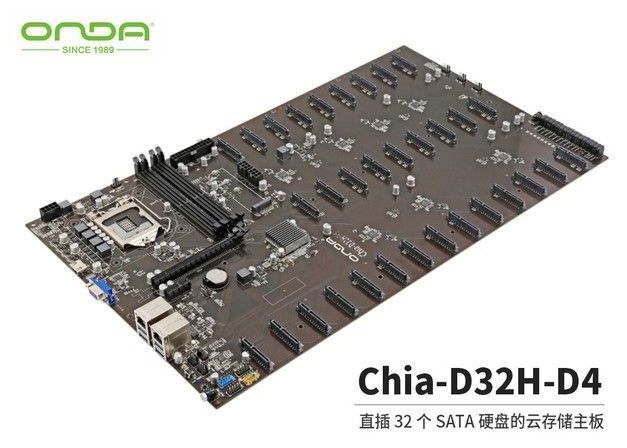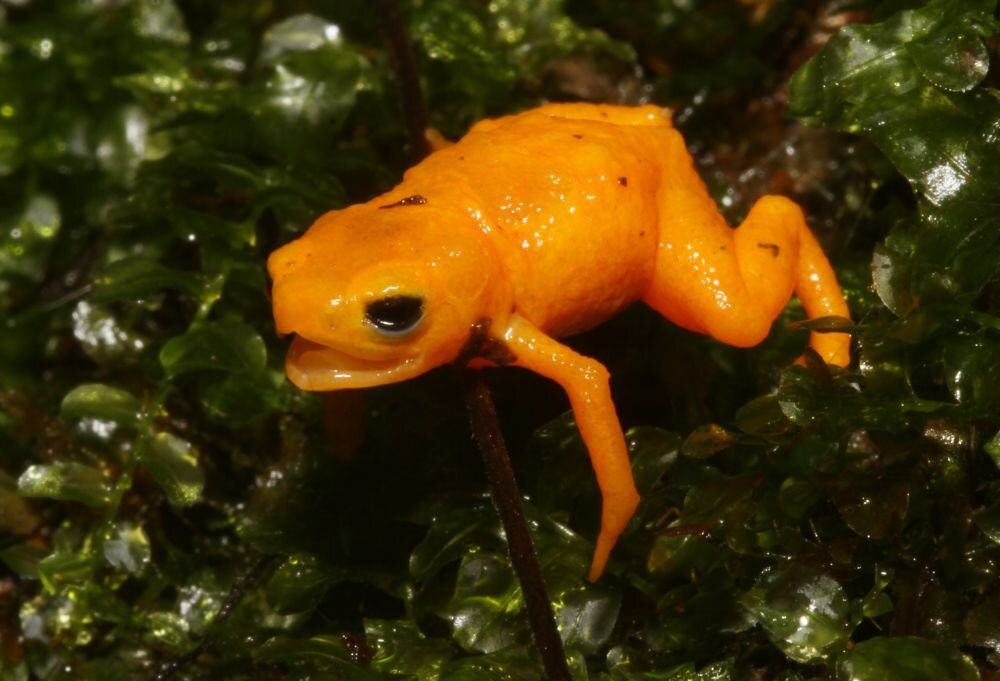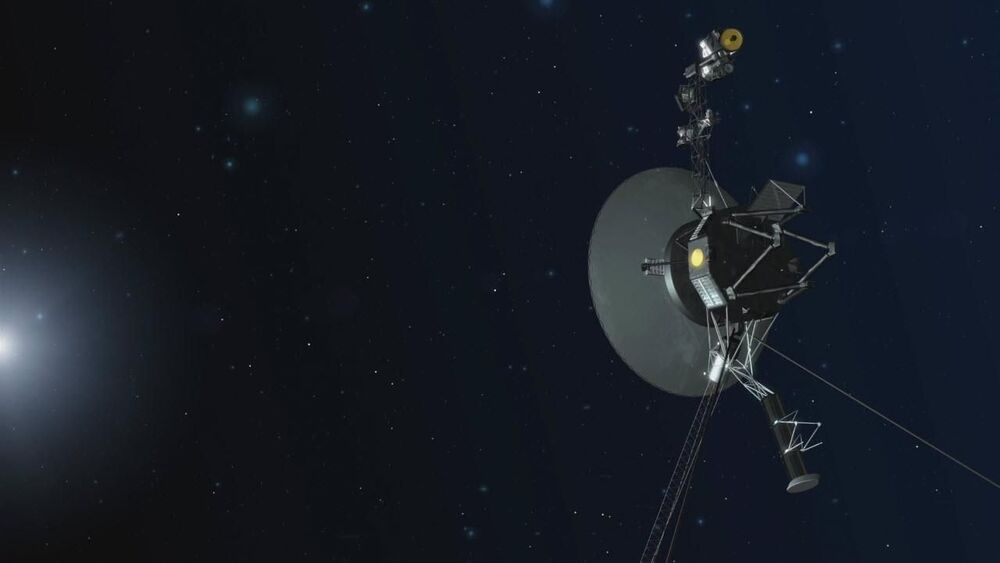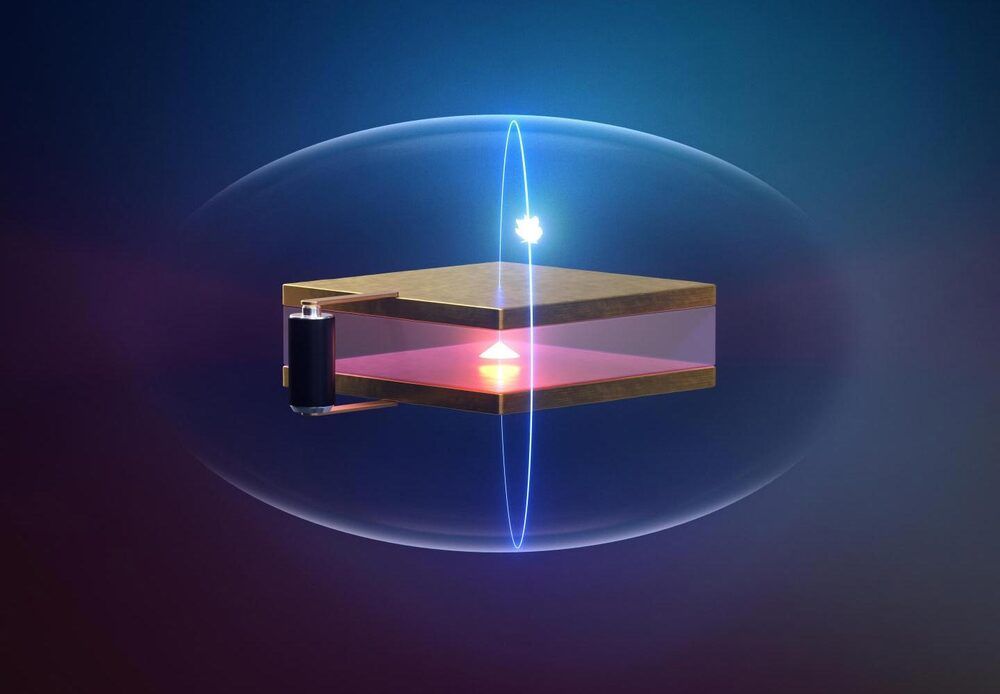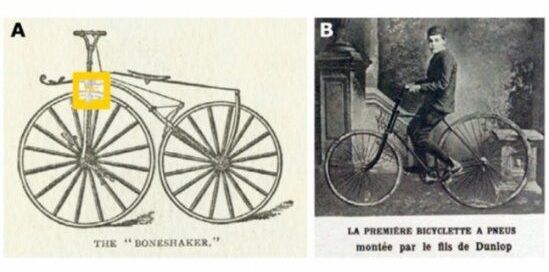Apr 29, 2021
Intel Motherboard Lands With 32 SATA Ports For Farming Chia
Posted by Genevieve Klien in categories: computing, cryptocurrencies, entertainment
Let the farming games begin.
Chinese motherboard manufacturer Onda (via ZOL) has launched the brand’s new Chia-D32H-D4 motherboard. The model name alone is enough to tell you that this motherboard is aimed at farming Chia cryptocurrency, which has already caused hard drive price spikes in Asia.
Designed for mining, rather than to compete with the best motherboards for gaming, the Chia-D32H-D4 is most likely a rebranded version of Onda’s existing B365 D32-D4 motherboard. It measures 530 × 310mm, so the Chia-D32H-D4 isn’t your typical motherboard. In fact, Onda has produced a special case with an included power supply for this specific model. The unspecified 800W power supply arrives with the 80Plus Gold certification, while the case features five cooling fans.
